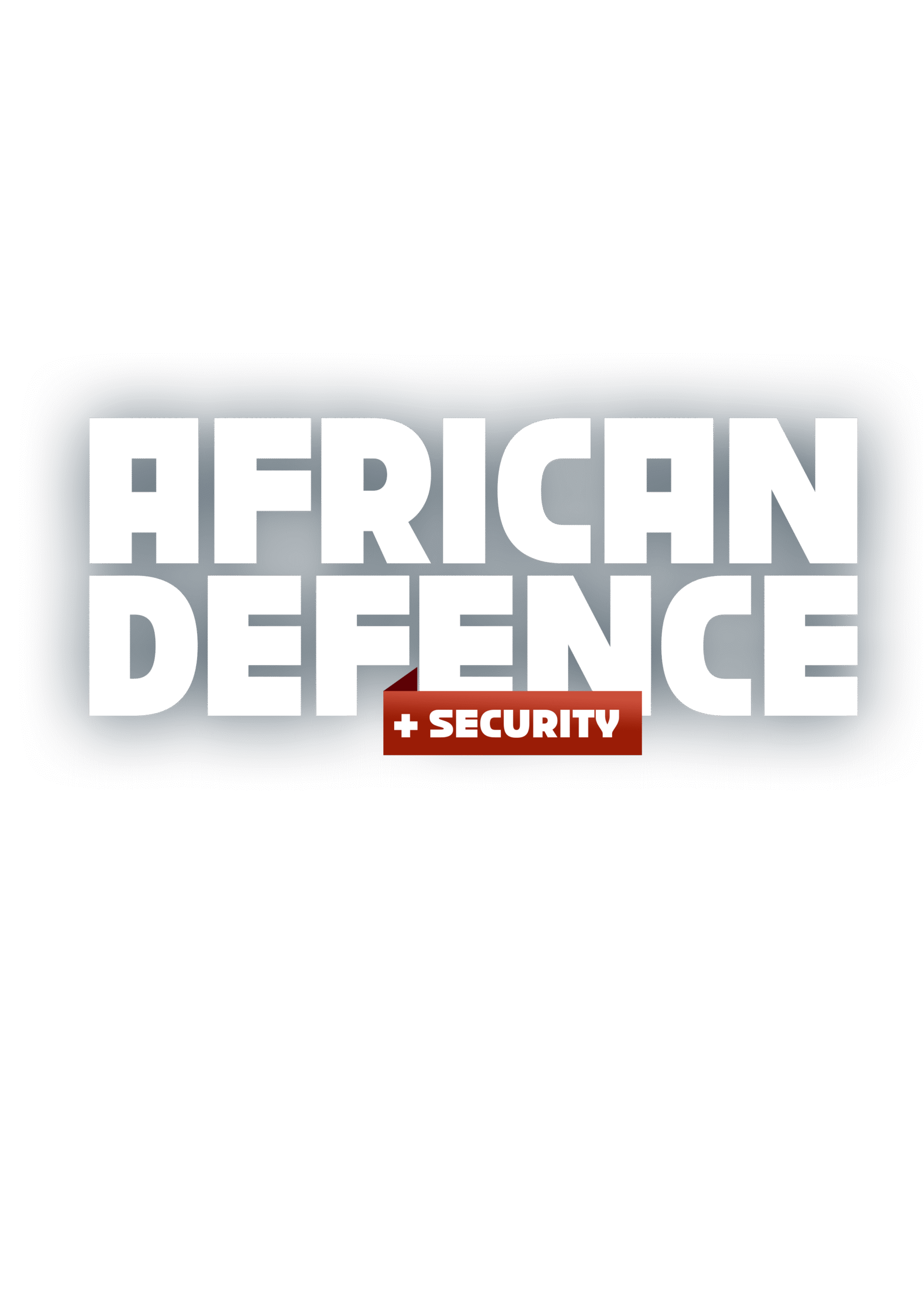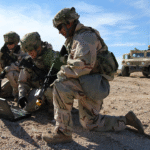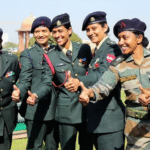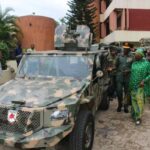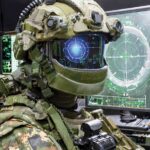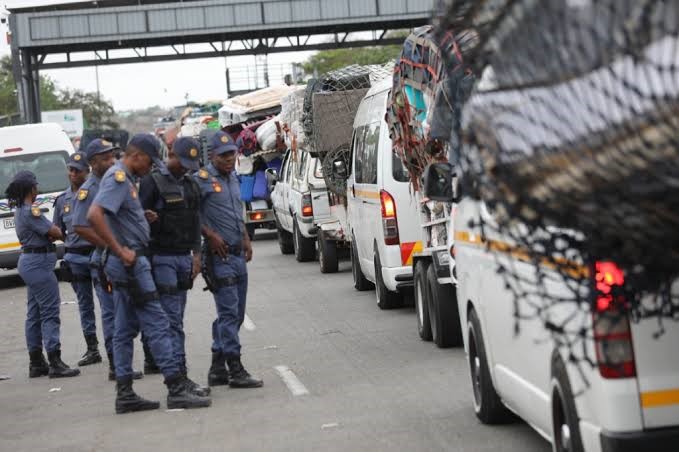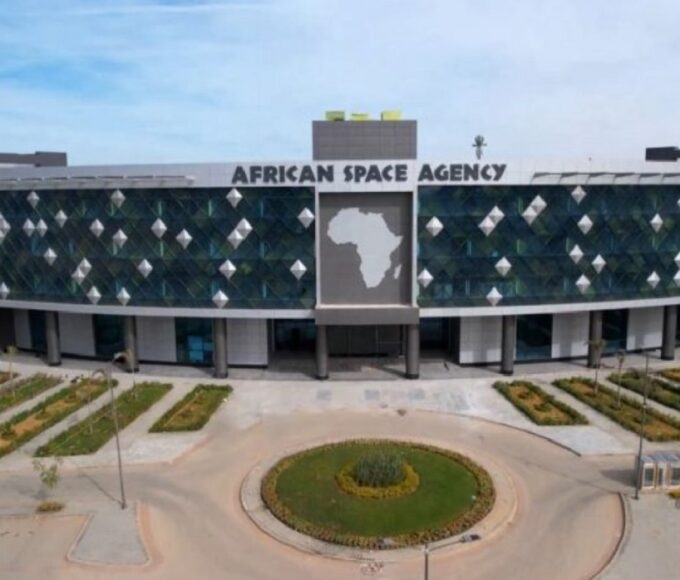Next-Gen Combat Systems: What African Armies Are Investing In
Without sustained training, interoperability, and doctrine reform, even the best platforms can underperform
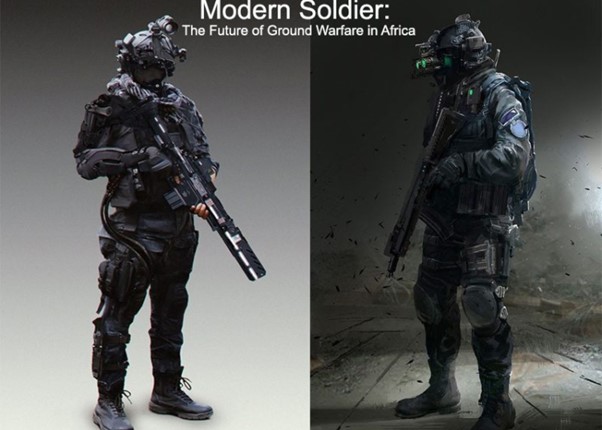
Africa’s battlefield is evolving. From asymmetric insurgencies to state-on-state tensions, the operational environments confronting African armies demand more agile, connected, and tech-enabled responses. In response, militaries across the continent are beginning to shift from legacy Cold War-era systems to next-generation combat platforms—incorporating modular weapon systems, digital communications, night combat capabilities, and real-time ISR integration.
This article examines what “next-gen” means for African land forces, where key investments are taking place, and how doctrine, budget, and battlefield experience are shaping the continent’s leap into 21st-century ground warfare.
What Defines “Next-Gen” Combat for Africa?
While “next-generation” varies by context, the core pillars for African armies include:
- Networked Command & Control (C2): Real-time, encrypted battlefield communication for infantry and armour.
- Precision Firepower: Smart munitions, mortars, and UAV-linked targeting systems.
- Enhanced Mobility: 4×4 and 8×8 wheeled armoured platforms replacing tracked vehicles.
- Integrated ISR: Drone-fed situational awareness for tactical planning.
- Soldier Modernisation: Night-vision optics, body armour, digital radios, and combat wearable systems.
Next-gen doesn’t always mean the most expensive—it means systems tailored for local realities: high heat, dust, low logistics footprint, and irregular threat actors.
Key National Initiatives and Platforms
Morocco: Leading the Digital Battlefield
Morocco’s Royal Armed Forces have accelerated C2 modernisation. Since 2022, they’ve deployed:
- Thales SYNAPS-H radios: Encrypted, interoperable with NATO systems.
- TIGER armoured vehicles (local assembly with Arquus): 4×4 vehicles used for reconnaissance and urban ops.
- ELTA Systems battlefield radar: Used in surveillance of the Western Sahara zone.
Doctrine is shifting toward combined arms digital coordination, with Morocco also experimenting with AI-assisted fire control systems.
Nigeria: From Mobility to Firepower
Nigeria has focused on rapid deployment and mobility. The Army has invested in:
- Ezugwu MRAPs: Indigenously developed with ballistic protection and V-hull blast mitigation.
- T-72 MBTs (modernised) and Proforce Ara 2 APCs
- CH-4 drones (China): Integrated into artillery targeting units.
Training exercises under Operation Desert Sanity have included forward UAV reconnaissance linked to mechanised infantry—a significant step in ISR-ground integration.
Kenya: Surveillance and Soldier Systems
Kenya Defence Forces (KDF) are equipping troops in the Somali and Boni Forest fronts with:
- Personal Soldier Kits: Thermal sights, portable comms, GPS-targeting assistance.
- Caiman MRAPs and Panthera T6 vehicles for protected mobility.
- Expansion of “Tactical ISR Cells”, integrating UAV data at battalion-level HQs.
Kenya’s shift from platform-centric procurement to capability-focused acquisition is becoming a regional model.
Ethiopia and Algeria: Embracing Artillery Tech
- Ethiopia’s METEC and foreign partners are producing locally assembled 122mm and 152mm self-propelled guns.
- Algeria’s 2023–2024 upgrades include BMPT Terminator-type platforms, drone-assisted artillery strikes, and short-range air defence (SHORAD) for mobile units.
Algeria also runs joint training with Russia and Belarus to integrate C2 doctrine with layered battlefield sensors.
Industry Support and Tech Transfer
Many African armies are using co-production and technology transfer agreements to leap forward:
- South Africa’s Paramount Mbombe 8 has found buyers in Rwanda, Ghana, and Nigeria.
- Sudan’s Military Industry Corporation (MIC) co-produces battlefield EW systems with China.
- Egypt’s Arab Organisation for Industrialisation (AOI) supports ISR-linked vehicle upgrades.
International partners now favour modular platforms—like the Turkish Otokar Cobra II—which African forces can tailor with surveillance pods, mortars, or ATGMs.
Tactical Shifts: The Move Toward Network-Centric Warfare
Next-gen systems are not just equipment—they require doctrinal change. Several trends define this shift:
- Decentralised decision-making: More units have C2 tools at platoon and company levels.
- Multi-domain integration: UAVs, EW, cyber, and land forces operating as cohesive units.
- Interoperability: Growing demand for systems that can communicate across borders and allies.
Nigeria’s 2024 simulation exercises (code-named “Adaptive Shield”) linked armoured brigades with ISR drones and electronic warfare jammers, simulating hybrid warfare conditions.
Persistent Challenges
Despite growing ambition, many barriers remain:
- Budget volatility: Next-gen systems require long-term commitment, not short-term purchases.
- Training lag: Some armies still lack personnel capable of operating or maintaining advanced platforms.
- Interoperability issues: Mixed-origin equipment from different suppliers can lead to integration gaps.
- Cybersecurity concerns: The rise of digital comms and AI fire-control introduces new attack vectors.
A 2023 audit by the African Union’s Continental Early Warning System noted that only 11 of 55 member states had battlefield C2 systems with full encryption and resilience against jamming.
Next-Gen Snapshot (2023–2024)
| Capability Area | Top Investing Countries | Notable Systems |
| Tactical C2 & Comms | Morocco, Nigeria, Kenya | Thales SYNAPS-H, Motorola TCR1000 |
| Mobility & Armour | Algeria, Nigeria, Ghana | MBTs, MRAPs, APCs |
| Artillery & Fire Support | Ethiopia, Algeria, Sudan | SPGs, MLRS, smart mortars |
| ISR Integration | Kenya, Nigeria, Egypt | UAVs + Tactical HQ fusion centres |
| Soldier Tech & Night Ops | Rwanda, Kenya, South Africa | NVGs, body armour, GPS gear |
Africa’s Tactical Future
The next-generation African soldier is not just better armed—but better informed, more mobile, and digitally connected. As insurgents adapt and regional rivalries intensify, the continent’s armies are moving toward modular, flexible, and tech-forward systems built for real-world terrains and threats.
But the transformation must go beyond hardware. Without sustained training, interoperability, and doctrine reform, even the best platforms can underperform. The future of African warfare won’t be decided by how modern a weapon is—but by how smartly it’s deployed, maintained, and integrated into a fast-evolving theatre.
Recent Posts
Categories
- Air & Aerospace16
- Border Security15
- Civil Security4
- Civil Wars4
- Crisis5
- Cyber Security8
- Defense18
- Diplomacy19
- Entrepreneurship1
- Events5
- Global Security Watch6
- Industry8
- Land & Army8
- Leadership & Training5
- Military Aviation5
- Military History27
- Military Speeches1
- More1
- Naval & Maritime9
- Resources2
- Security12
- Special Forces1
- Systems And Technology9
- Tech6
- Uncategorized3
- UNSC1
- Veterans6
- Women in Defence9
Related Articles
SYSTEMS & TECHNOLOGY – THE CASE FOR SMART BORDERS IN AFRICA
On the continent of Africa, vast and varied landscape, borders often act...
ByKing Richard Igimoh, Group Editor ALODecember 11, 2025SYSTEMS & TECHNOLOGY – AFRICAN SATELLITE PROGRAMS: STRATEGIC GAME CHANGERS?
Across Africa’s 30 million square kilometers where borders stretch thin and climate...
ByKing Richard Igimoh, Group Editor ALONovember 19, 2025THE EVOLVING CYBERSECURITY FRONTIER IN AFRICA
Africa’s cybersecurity landscape is rapidly transforming as digital adoption surges across the...
ByKing Richard Igimoh, Group Editor ALOSeptember 5, 2025Counterinsurgency in the Age of Social Media: Hashtag Wars and the Battle for Minds
At 2:37 a.m. on a humid night in northern Mozambique, a short,...
ByKing Richard Igimoh, Group Editor ALOAugust 11, 2025
